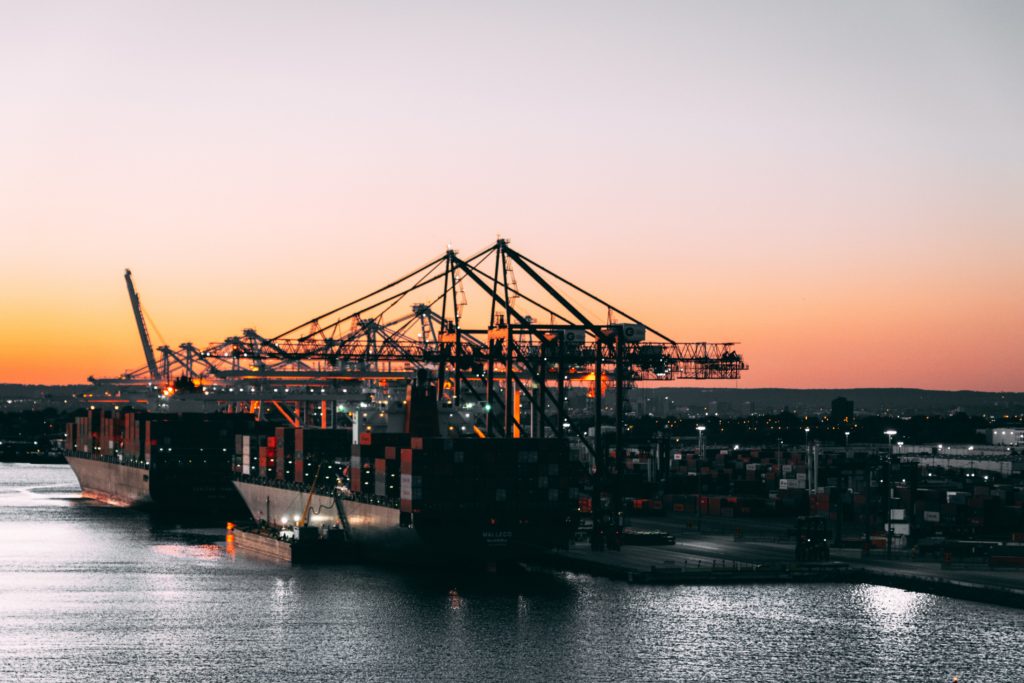
A spatially explicit data-driven approach to calculating commodity-specific shipping emissions per vessel
Schim van der Loeff, W., Godar, J., and Prakash, V. (2018). Journal of Cleaner Production, vol. 205: 895–908. DOI: 10.1016/j.jclepro.2018.09.053 (open access)
A new approach for accurately calculating greenhouse gas and air pollution emissions from marine cargo shipping, and attributing them to countries, vessels and products.
Overview
Ocean-going ships carry approximately 80% of the world’s traded goods by volume – more than 10 billion tonnes of traded goods per year. By 2012, average annual greenhouse gas emissions from maritime shipping were estimated at around 1 billion tonnes CO2e or around 3% of man-made emissions. By 2050 they are projected to grow by up to 210%.
Despite its importance to the world economy and global emissions, the maritime shipping sector was largely neglected in the 1997 Kyoto Protocol and have been overlooked in climate mitigation discussions since.
A lack of reliable emissions data and the difficulty of attributing responsibility for international shipping emissions to the countries, companies and commodities concerned have been key barriers to bringing maritime shipping into global climate mitigation debate and strategies. There is also a perception that too much focus on shipping emissions could affect global trade flows.
Wendela Schim van der Loeff, Javier Godar and Vishnu Prakash. A spatially explicit data-driven approach to calculating commodity-specific shipping emissions per vessel. Reproduced under a Creative Commons License.
This paper presents a new method for accurately calculating and attributing emissions from marine cargo shipping, by linking and integrating a variety of rich data sets that are already available. Per-vessel (and even per-container) cargo composition data provide the commodity type, the exporters, shippers and importers. Data from the Automatic Identification System track precise routes a cargo consignment takes, as well as operational detail such as speed, movement and draft that can all affect fuel consumption.
By linking these with the specifications of each vessel, including age, size and motor type, it is possible to estimate emissions accurately, at the level of individual commodities and vessels, and produce bottom-up aggregated estimates for companies, exporting and importing countries and more.
This paper demonstrates the new approach with the case of Brazilian exports in 2014. Maritime shipping of these goods was responsible for 25.99 million tonnes of CO2, representing an additional 5% on the total CO2 emissions for Brazil reported by the World Bank for 2014 (which excluded international shipping and aviation). The study also highlights those commodities and trading routes accounting for the largest shares of these emissions, in relation to those that are most valuable to Brazil’s economy.
Finally, the paper discusses the implications of scaling up this methodology for global GHG abatement efforts and demand-side footprint calculations, as well as to improve accountability mechanisms for the maritime sector as a whole.